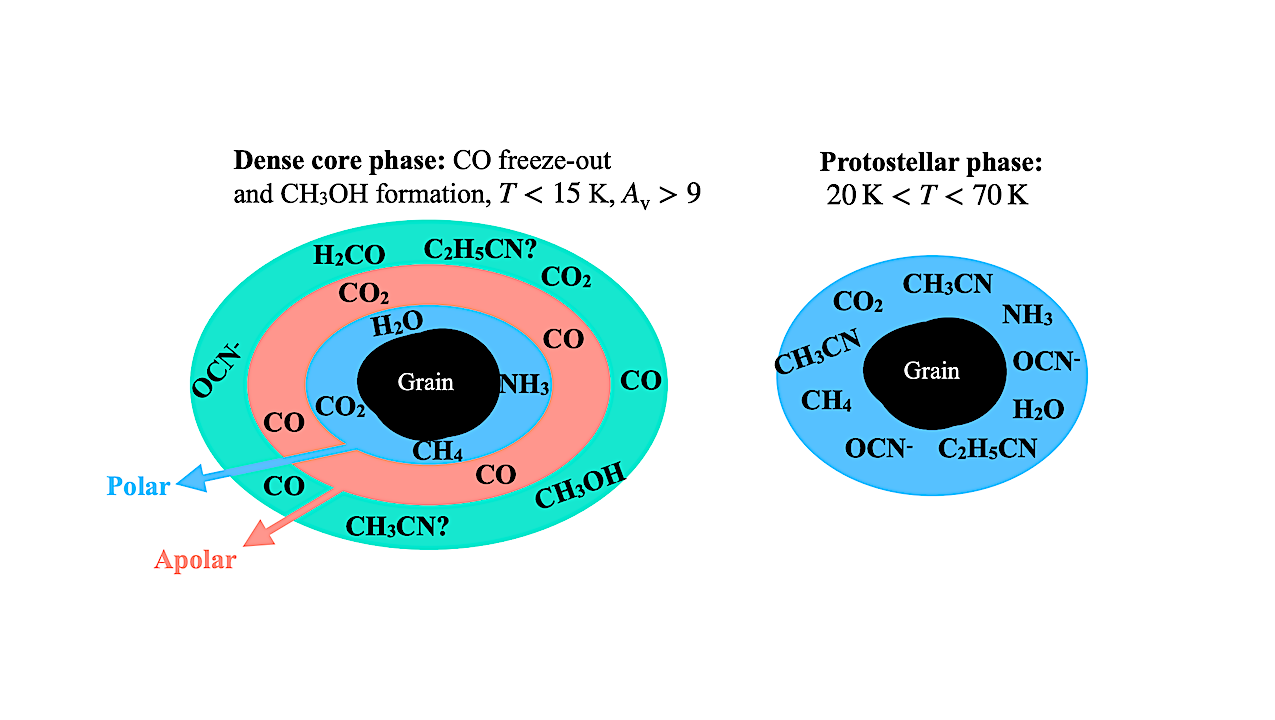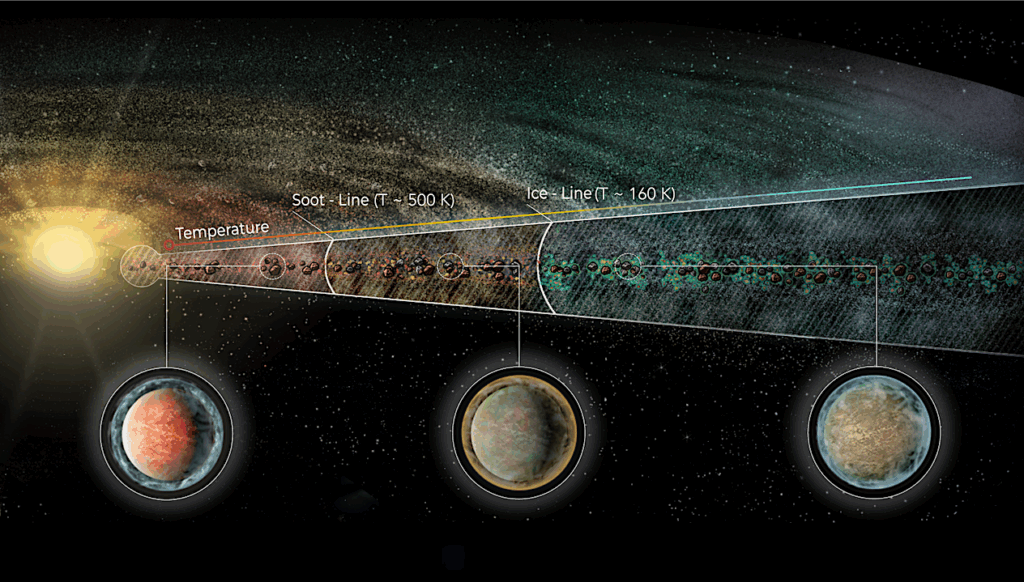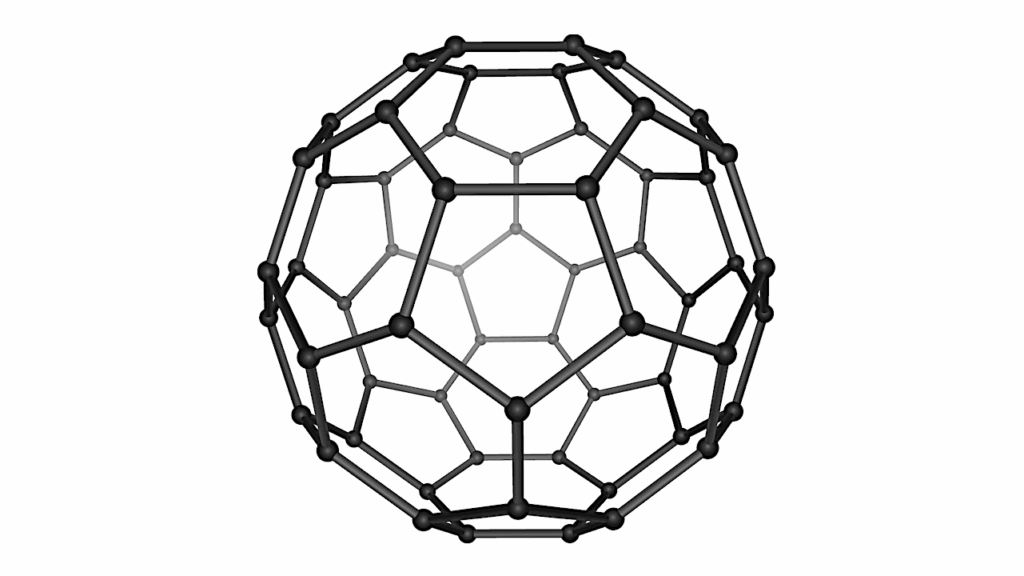Hunt For Complex Cyanides In Protostellar Ices With JWST: Tentative Detection Of CH3CN And C2H5CN

Nitrogen-bearing complex organic molecules have been commonly detected in the gas phase but not yet in interstellar ices. This has led to the long-standing question of whether these molecules form in the gas phase or in ices.
James Webb Space Telescope (JWST) offers the sensitivity, spectral resolution, and wavelength coverage needed to detect them in ices and investigate whether their abundance ratios are similar in gas and ice. We report the first tentative detection of CH3CN, C2H5CN, and the simple molecule, N2O, based on the CN-stretch band in interstellar ices toward three (HOPS 153, HOPS 370, and IRAS 20126+4104) out of the five protostellar systems observed as part of the Investigating Protostellar Accretion (IPA) GO program with JWST-NIRSpec.
We also provide upper limits for the two other sources with smaller luminosities in the sample. We detect OCN− in the ices of all sources with typical CH3CN/OCN− ratios of around 1. Ice and gas column density ratios of the nitrogen-bearing species with respect to each other are better matched than those with respect to methanol, which are a factor of ∼5 larger in the ices than the gas.
We attribute the elevated ice column densities with respect to methanol to the difference in snowline locations of nitrogen-bearing molecules and of methanol, biasing the gas-phase observations toward fewer nitrogen-bearing molecules. Moreover, we find tentative evidence for enhancement of OCN−, CH3CN, and C2H5CN in warmer ices, although formation of these molecules likely starts along with methanol in the cold prestellar phase.
Future surveys combining NIRSpec and MIRI, and additional laboratory spectroscopic measurements of C2H5CN ice, are necessary for robust detection and conclusions on the formation history of complex cyanides.
P. Nazari, W. R. M. Rocha, A. E. Rubinstein, K. Slavicinska, M. G. Rachid, E. F. van Dishoeck, S. T. Megeath, R. Gutermuth, H. Tyagi, N. Brunken, M. Narang, P. Manoj, D. M. Watson, N. J. Evans II, S. Federman, J. Muzerolle Page, G. Anglada, H. Beuther, P. Klaassen, L. W. Looney, M. Osorio, T. Stanke, Y.-L. Yang
Comments: Accepted for publication in A&A
Subjects: Astrophysics of Galaxies (astro-ph.GA); Earth and Planetary Astrophysics (astro-ph.EP); Solar and Stellar Astrophysics (astro-ph.SR)
Cite as: arXiv:2401.07901 [astro-ph.GA] (or arXiv:2401.07901v1 [astro-ph.GA] for this version)
https://doi.org/10.48550/arXiv.2401.07901
Focus to learn more
Submission history
From: Pooneh Nazari
[v1] Mon, 15 Jan 2024 19:00:00 UTC (625 KB)
https://arxiv.org/abs/2401.07901
Astrobiology,








